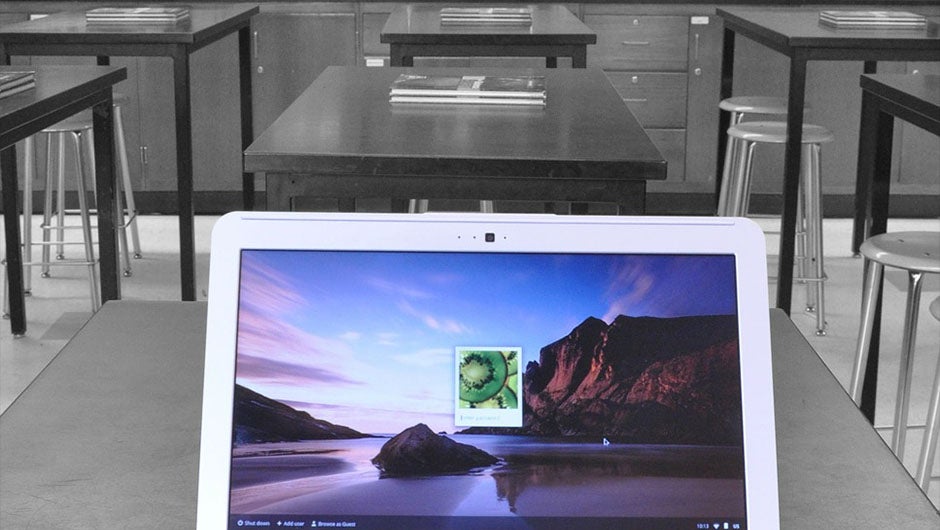Today, it’s anything but strange to see high school students with smartphone and laptops, which is a clear indication of just how big this technological boom really is. But what if all this technological capacity could be used to improve education?
Kramer Electronics, a leading global pro A/V company, has recently released two case studies on what can be called “the classrooms of the future”. Utilizing Kramer’s wireless presentation and collaboration tools, some UK universities created interactive learning hubs to test these new methods of education.
The results showed great promise, validating Kramer’s technology as a key point for educational institutions to implement BYOD programs and to bring the mobility found in today’s technology to these new learning environments. David Margolin, Kramer Electronic’s Director of Corporate Marketing, took some conclusions from these studies:
“Collaboration is the key to educating the next generation. With technology becoming commonplace in the classroom, we have found a way to use that to our advantage in order to create a more engaging and successful learning environment.”
The collaborative classrooms in the studies had three core Kramer components: the K-Touch 3.0 control system, the VIA Collage, and the VIA Connect PRO. The first one gives teachers the full control on all the learning hubs, while the VIA products make the collaborative learning experience possible, allowing students and teachers to bring their own devices and share screens. Such collaborative classrooms are completely BYOD-ready, which is particularly positive for students, who are able to integrate their mobile devices, including laptops and smartphones, into the classroom’s system with ease.
Kramer’s K-Touch system, on the other hand, gives teachers more freedom, as they can move around the classroom while also being able to interact with individual groups or with the whole classroom very easily.
The layout of the classrooms is also important for this experience, with furniture that was easy to move around and the division of the classroom into small learning hubs with individual screens. All this allowed for both small group discussions and a full room experience.
So, the main conclusion of these two studies, devised to support the use of didactic and active learning pedagogies, is that the success of collaborative classrooms is strongly connected to the mobility and flexibility of classrooms, not only in terms of logistics but also in terms of devices and hardware.
